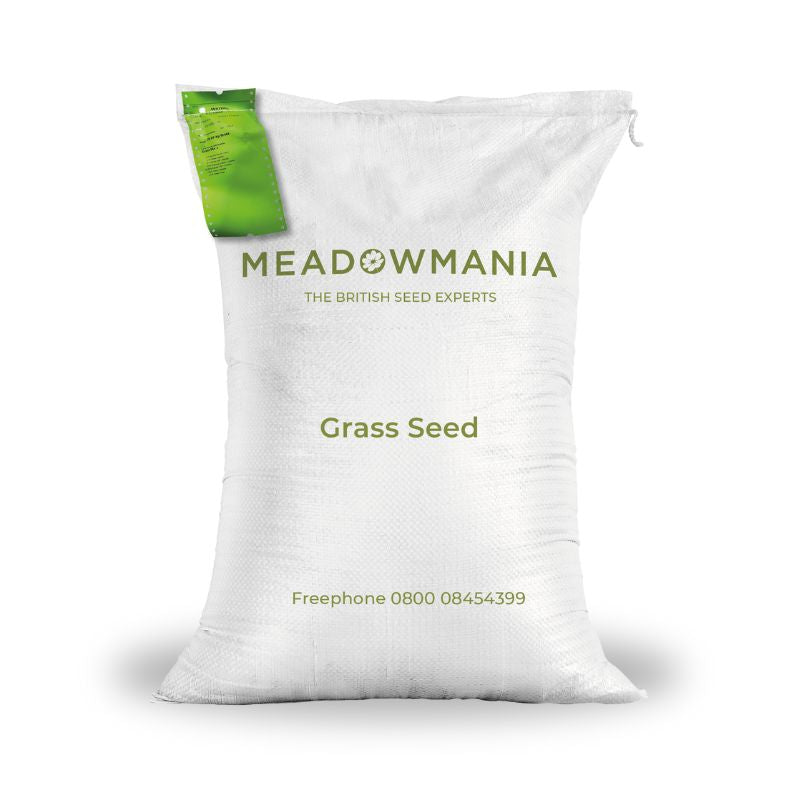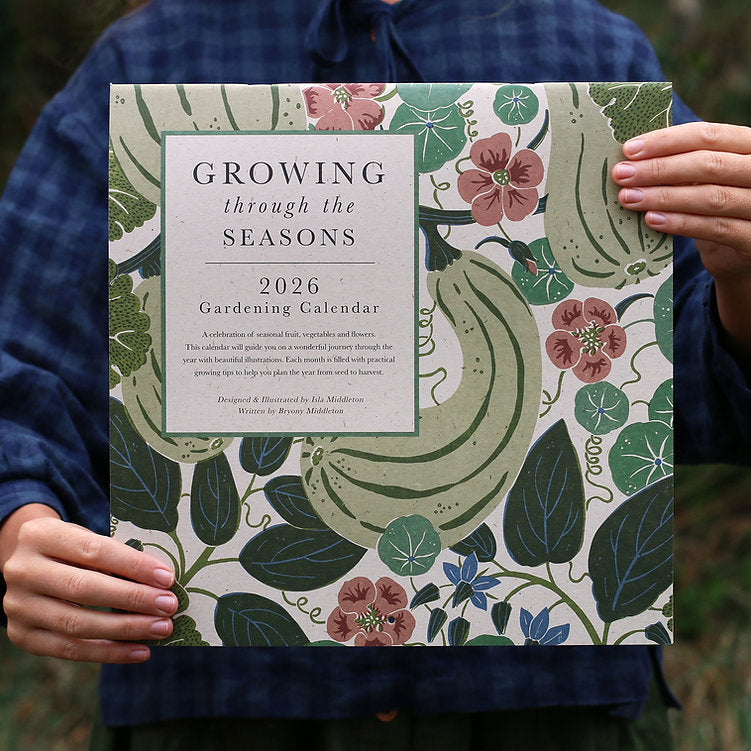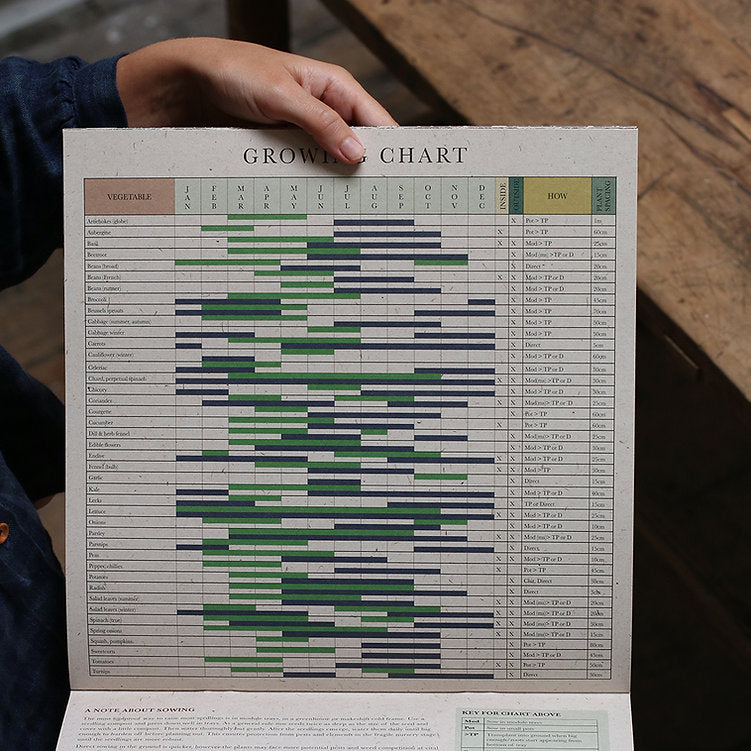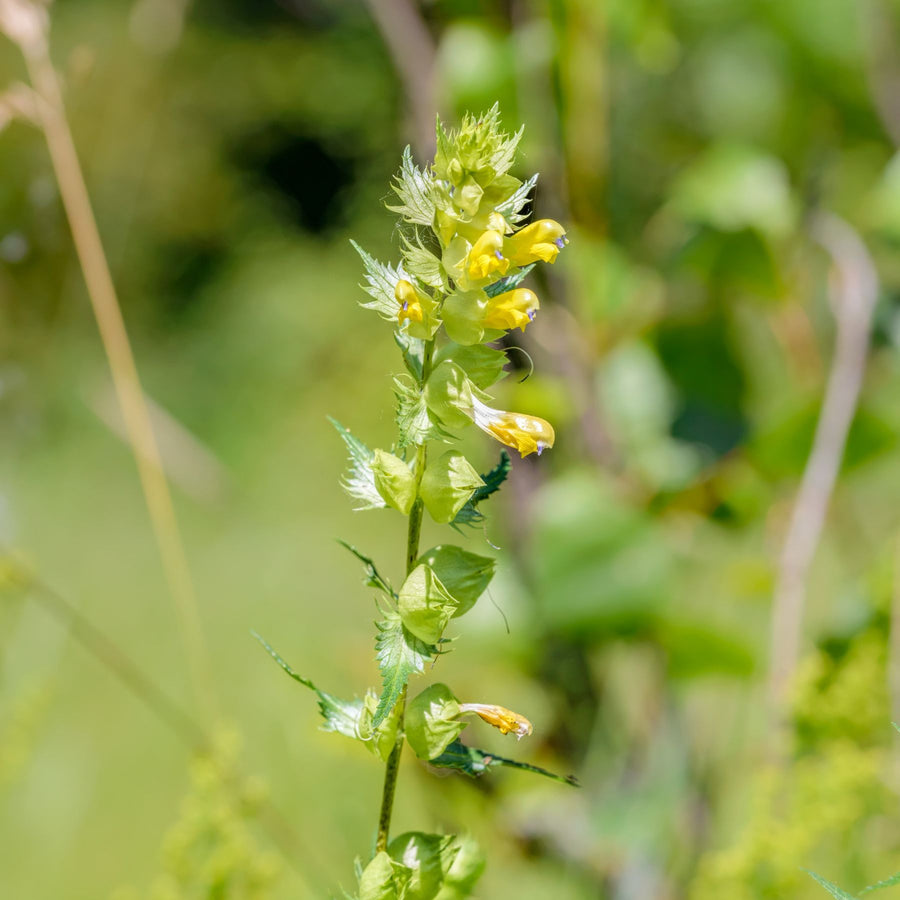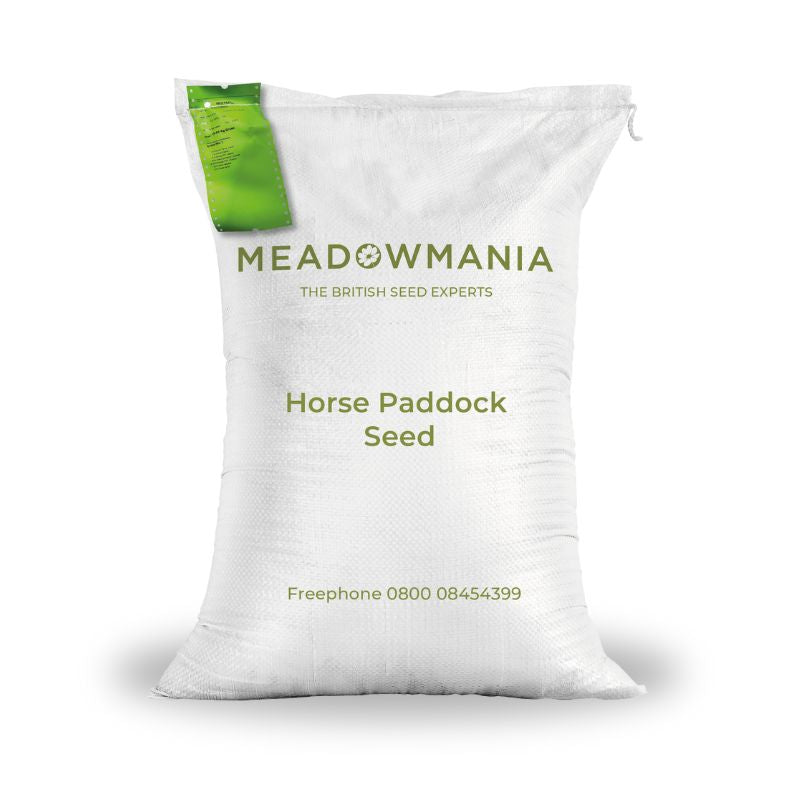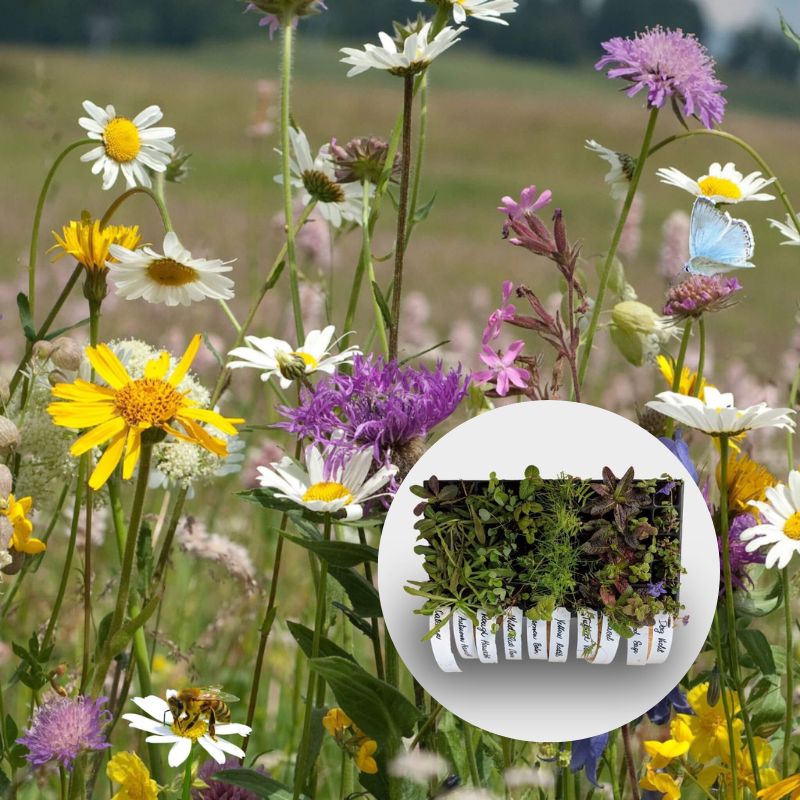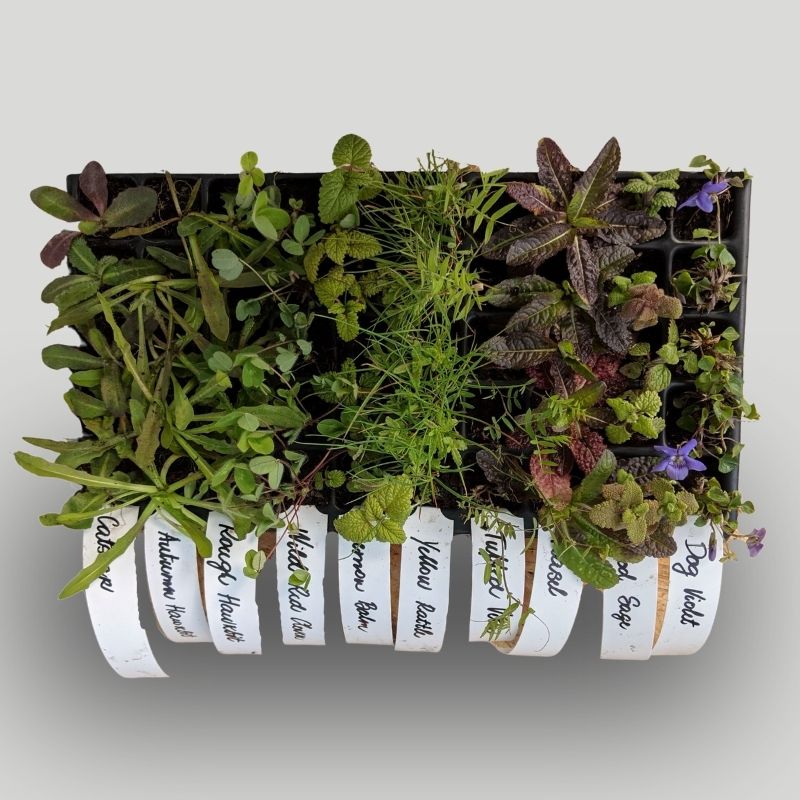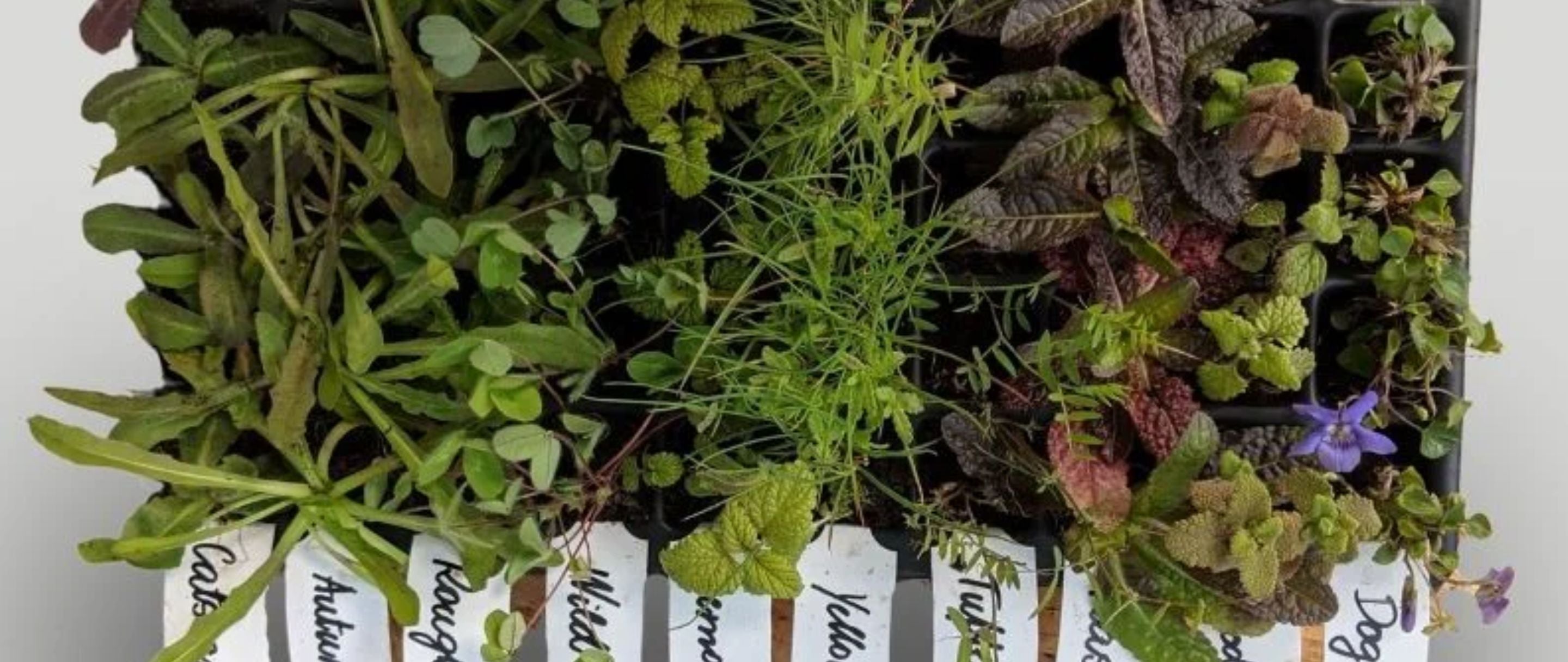
Native Wildflower Plug Plants: How to Keep Your Plants Thriving
Whether you’re creating a wildlife-friendly garden or a beautiful and eco-friendly perennial wildflower meadow, plug plants are a fantastic way to kickstart your wildflower population. In this blog, we’ll tell you everything you need to know to care for your plug plants – from the moment they arrive, to the long-term care they’ll need to thrive.
What Will My Wildflower Plug Plants Look Like When They Arrive?
We take care to ensure your plants reach you in great condition. Most plug plants are shipped in trays, with each individual plug (or small plant) securely rooted in its own little compartment or cell. These trays are packed snugly in a cardboard box, so they are kept secure during their journey. Each order includes a free Advice Booklet full of helpful tips and information about how to care for your wildflowers. This might be packed under the tray of plugs in the cardboard box.
How to Care for Wildflower Plug Plants Immediately on Receipt
When your box of plug plants arrive, it’s important to open it up immediately.
Here’s what you should do:
- Unpack and Inspect: Gently remove the plug plants from the packaging and take a moment to check their condition. Keep in mind that the appearance of the plants can vary depending on the time of year. Most perennial wildflower species are herbaceous, meaning their foliage dies back over the winter to regrow in spring. If you’ve ordered in early spring, some plants won’t have much visible growth above the surface yet – this is completely normal. What's most important at this stage is to check for healthy root growth. Your plants should be in great shape and ready to thrive. In the rare case that you're not completely satisfied, please get in touch with us straight away.
- Give Them Some Water: After their journey, your wildflower plug plants will likely be a little thirsty. Give them a gentle drink to help them settle in, but don’t soak them. A light watering is enough to keep the roots hydrated until you're ready to plant them.
- Place in Sheltered Location: If you’re not planting them right away, keep them in a cool, shady spot for up to a few days. Avoid direct sunlight and, in colder weather, protect from frost.
What if I Can’t Plant Them Right Away?
Your plug plants can survive for a short time, as long as you follow a few simple rules. Here’s how to keep them in good shape:
- Keep Them in a Cool, Bright Spot: If you can’t plant them straight away, place your plug plants in a cool, bright location (but not in direct sunlight). Think somewhere like a well-lit porch or unheated greenhouse.
- Water Regularly: Check the plug plants daily to make sure the soil around the roots stays moist. If it’s drying out, give them a light water – just enough to keep them hydrated but not waterlogged.
- Don’t Let Them Overcrowd: If you’ve ordered a lot of plugs, be mindful of overcrowding. If the plugs start to touch or tangle with each other, you can gently tease them apart to give them a bit more space.
How to Plant Your Plug Plants
Here’s your step-by-step guide to planting your plug plants:
- Prepare the Soil: Start by preparing your garden bed or meadow. Plug plants thrive in well-drained soil, so if your soil is heavy or clay-like, mix in some organic matter to improve drainage. Avoid planting if the soil is dry, compacted, waterlogged or frozen. If planting into grass, mow grass short and remove thatch.
- Planting the Plugs: Dig a small hole – a dibber or a hori hori knife are ideal tools for this - (about the size of the plug’s root ball), and gently remove the plug plant from its tray by pushing up through the hole at the bottom of the cell. Be careful not to disturb the delicate roots too much. Place the plant in the hole, ensuring that the top of the root ball is level with the surface of the soil. If you’re planting multiple plugs, make sure to space them out as recommended. (We usually recommend around 5 plug plants per square metre, grouping at least three of each species together for the best display.)
- Cover and Firm the Soil: Once the plug plant is in place, gently cover the roots with soil and press down lightly to firm it in. This will ensure good contact between the roots and the surrounding soil.
Caring for Your Newly Planted Wildflower Plug Plants
Now that your plug plants are in the ground, it’s important to provide the proper care to help them establish themselves.
- Water thoroughly: Water the newly planted plug plants thoroughly to help them establish their roots. This gives them the hydration they need to get going and settle into their new home. Most early losses are due to plugs drying out after planting.
- Keep an Eye on the Weather: If the weather is still chilly, especially during early spring, consider covering your newly planted plug plants with a frost cloth (horticultural fleece) at night to protect them from any late frosts. If the sun is especially strong, providing some shade for a few days can prevent any wilting or scorching.
Long-Term Care and Maintenance of Plug Plants
The first few weeks after planting are critical to your plug plants’ success. Here’s what you can do to help them thrive:
- Water Regularly, but Don’t Overdo It: While the plants are settling in, water regularly to keep the soil moist, but be careful not to overwater. Plug plants don’t like soggy roots, so make sure the soil is well-draining.
- Mowing: A your plants establish, mow the surrounding grass as needed with your mower set to a high level (around 10cm). This prevents the grass from shading the young plants, allowing them to establish strong leaf and root systems. Once the wildflowers are well-rooted and growing, you can stop mowing.
With just a little care and attention, your native wildflower plug plants will soon thrive and give you a stunning, vibrant garden. Whether you’re planting wildflowers or colourful annuals, enjoy the process and watch your garden come to life! If you're ready to get started, why not check out our range of individual plug plant species and plug plant mixtures? We’ve got everything from bee-friendly wildflowers to vibrant garden blooms that will create a garden full of colour and life. Explore our collection today and find the perfect plug plants for your garden’s needs!
Happy gardening!





